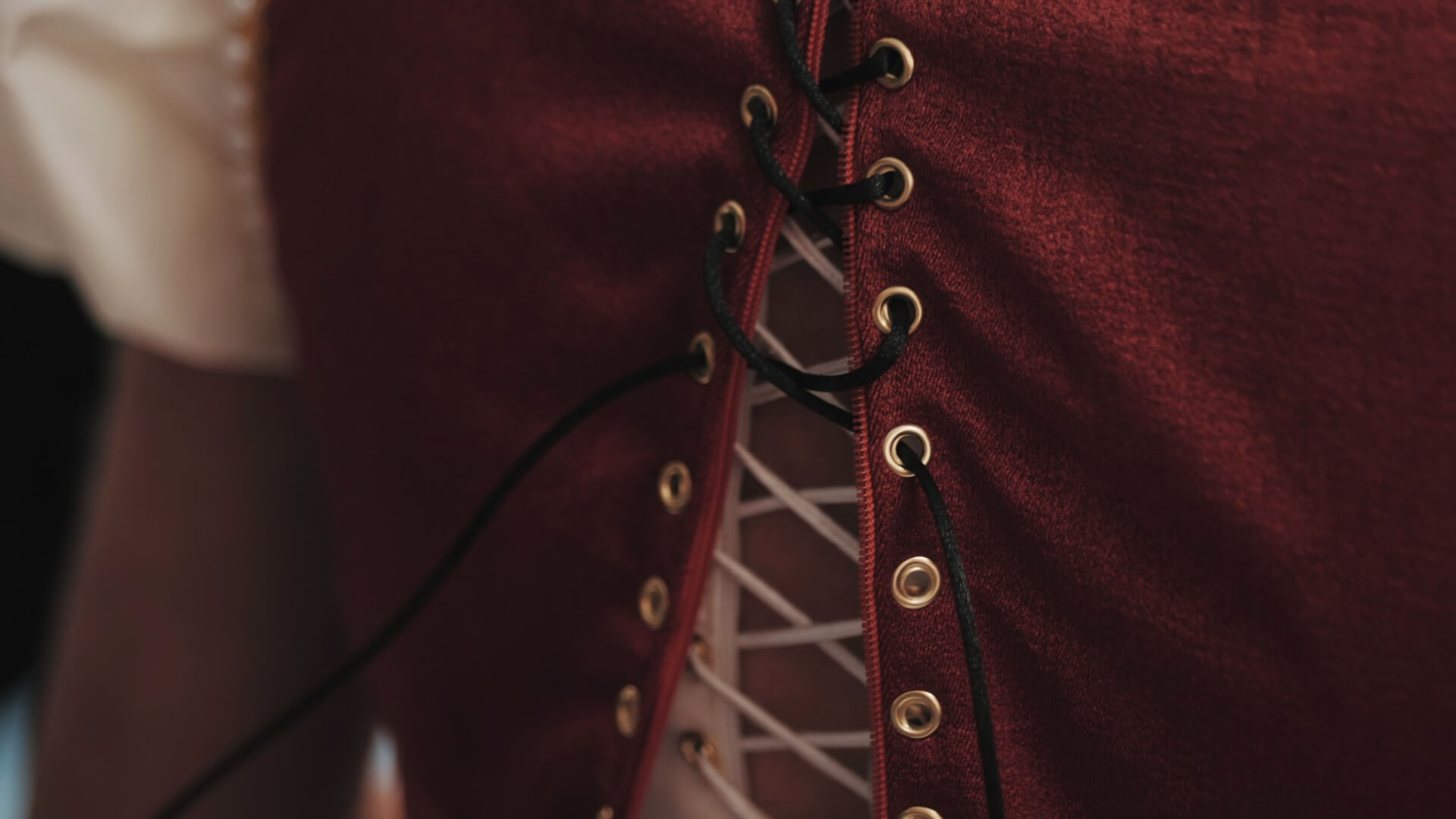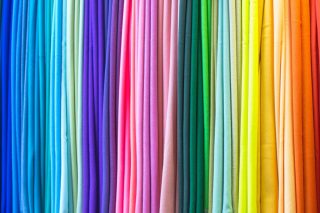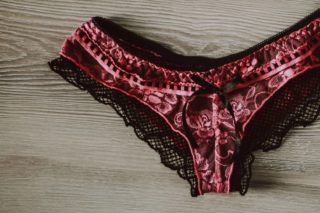Underwear keeps our nethers cozy and provides a protective layer. It keeps us warm and helps us express our emotions by getting into a bunch...get it? We should show our underwear a bit more reverence.
Let’s roll back the clock and take a boxer-themed road trip through history to explore the origins of underwear.
A Brief History of Underwear
Underwear has had a long and wandering history. From the loincloth-laden caveman to fabric bloomers, wasp-waist corsets, and modern briefs, the purpose of undergarments has remained and also evolved. Take a peek at this article for a look at some iconic underwear moments and an idea of how style has shifted over recent times.
Originating as a durable under-layer of modesty or warmth and progressing into a fashion tool as many things do, underwear has come a long way.
Let’s begin: bottoms up!
The Loincloth
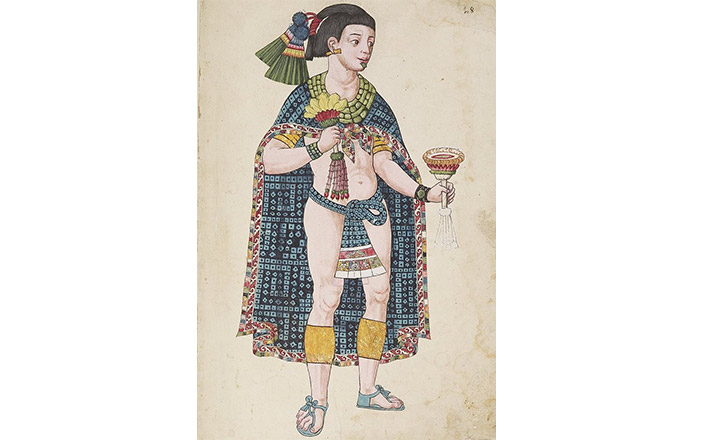
Our first humanly venture into the world of clothing and decency. The original loincloths found on ancient cavemen were made of leather and date over 7,000 years old.
In this sense, we can deem caveman as the inventor of underwear. Thank you, cavepeople!
Even the famed King Tut was found entombed with a linen loincloth - and an extra hundred to keep him fresh in the afterlife. He was fancy like that.
The loincloth continued in popularity through Ancient Greece and Rome.
Chemises & Braies
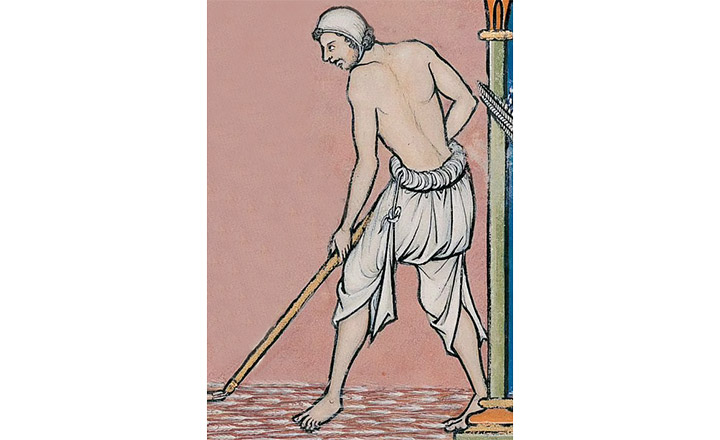
With the dawn of the Middle Ages came the chemise, a thin slip-like piece for women. Men typically wore braies - loose-fitting trousers that were laced and tied.
We first see “front door” accommodation in braies in the form of a buttoned or tied front flap. This flap, or pouch, was termed a codpiece and was sometimes used to hold small items like a secret pocket. How Tommy from Rugrats is that?
Perhaps this is underwear’s first foray into fashion over function. A crotch pocket is cool and all, but it also served as a symbol of fertility and status based on its...girth...which didn’t necessarily indicate the size of its contents.
Corsets
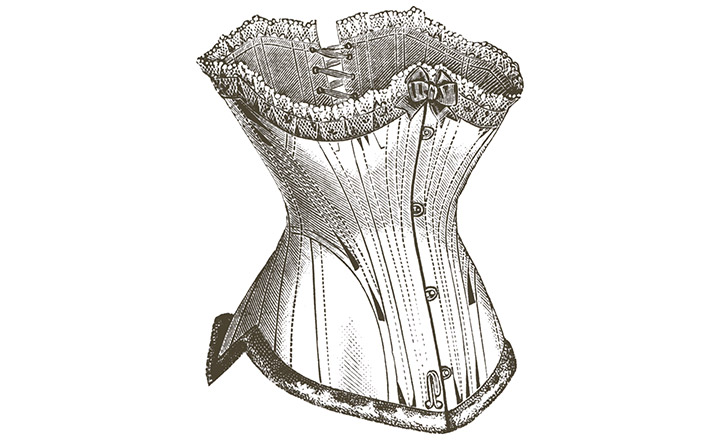
From comfy, loose-fitted fabric pieces and into the stiff foundation form wear, we continue the transformation of underwear through the time of the corset. Mostly women, but sometimes men and children, suffered through these decades.
Women began to experience the dissipation of function for some forms of undergarments at the introduction of the corset. This stiff torso cage was worn to achieve what was thought to be an ideal shape and used a way to enhance certain areas of the body.
Renaissance: The 15th ; 16th centuries
Corsets came into popularity and at first, were straight-lined and functioned to flatten the bust and support the “weak and fragile” frames of women. Creepily, corsets were originally constructed of whalebone and cane or wireframes.
In the words of an 18th-century corset-maker, a corset “controls the large, supports the small, uplifts the drooping”. Humans have always been chasing vanity.
Victorian Era: 1830-1901
An unfortunate twist in undergarment fashion came during the Victorian Era. Society expected women to have “wasp” waists and the small-waisted corset was born to accomplish this. It’s haunting.
Thankfully this voluntary torture wasn’t seen across the population as a whole, and mainly the wealthy were bound to it.
Pantaloons & Petticoats
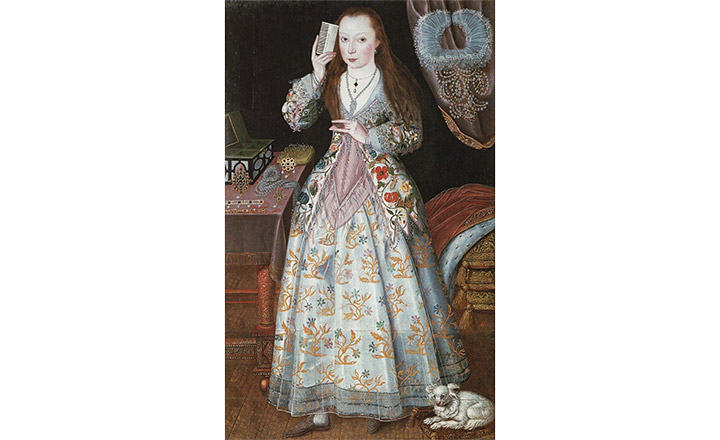
Making their way from France in the early 19th century were the long drawer underthings called Pantaloons or drawers. Another form of loose knee-length pants, these drawers were worn by women and men.
Not as scandalous as it seems, most drawers during this time were crotchless, for the function of making trips to the loo more convenient. Why waste time pulling your pants down to go to the bathroom? Nonsense.
Petticoats were also worn during this time by women to achieve that Cinderella bell-shape. Add in a bustle to give your rump the bump of a camel hump and you’re on your way to the total fashionista in the 1880s.
Union Suit
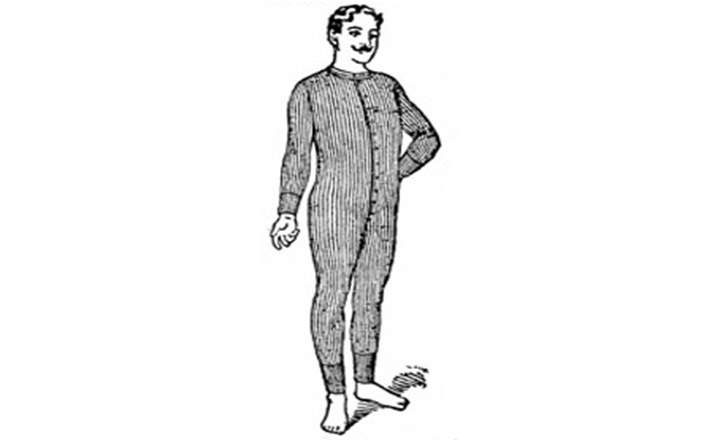
Now arriving in the late 19th century is our favorite undergarment of the lot. We’re ready to start a petition to bring back the Union Suit!
A full body thermal suit outfitted its wearer in knitted-heaven from wrist to ankle. The bum buttoned up in the back to form the “access hatch” for simplifying your visit to the John. Are you ready to sign the petition yet??
Modern Underwear
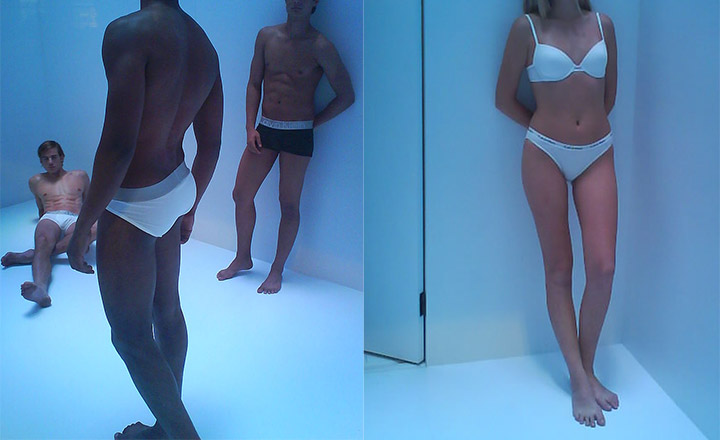
We’ll fast forward through the underwear highlights of the 20th century:
Briefs
By the 1950s, casual underwear begins to take shape in the form of bikini briefs and later thongs in the 1980s. During the 80s, underwear options continued to expand into athletic-focused styles and materials.
The undies of today:
The evolution of undergarments has not slowed down. We’ve begun to see comfort and function return to the forefront of needs. This occurs in the form of softer and more sustainable fabrics and even underwear that supports a woman’s period!
The History of Underwear
Though historical underwear may not have been the best of friends to its users (i.e. corsets and codpieces, no thank you), there have been some important cultural shifts sourced from underthings.
The transformation of underwear has aided in:
We owe a lot to the changes that underwear has progressed through. Can we take a long sigh of relief that we aren’t living through the Victoria Era wasp-waist moment? Sigh.
References
- History Extra: https://www.historyextra.com/period/ancient-egypt/from-loincloths-to-corsets-a-brief-history-of-underwear-with-horrible-histories-greg-jenner/
- Family Tree: https://www.familytreemagazine.com/premium/the-revealing-history-of-underwear/
- Love To Know: https://fashion-history.lovetoknow.com/clothing-types-styles/origins-underwear/

